
Do you feel your website isn't receiving enough blog traffic and engagement?
Well, you're not alone in this because Google is getting smarter every day.
If your blog isn't optimized for SEO, you might not achieve the desired results.
But before we discuss the best SEO practices for your blog, here's what makes working on it important:
- Daily, bloggers upload around 7.5 million posts across the globe.
- Only 60% of internet users actively read the content.
- Readers mainly go for long-form content for its in-depth information. So the ideal word count would be near 1500 - 2000 words.
- This year, content marketing was estimated to be an industry worth $412.88 billion.
Therefore, you must invest your valuable resources to build successful blog posts.
But why SEO?
Because it helps in driving organic traffic to your blog.
With the help of SEO, your blogs can easily rank for relevant search topics (also called queries) and appear in the search results.
In this way, users can discover your blog and visit it. In simpler terms, SEO is the connecting dot.
When you do it right, it brings justice to your content and :
- Helps you reach more people
- Provides quality leads
- Creates brand awareness and builds brand authority
- Improves user engagement rates
- Delivers a cost-effective practice
Now let's see what you can do to attract massive traffic to your blogs?
5 ways to increase your blog traffic and engagement
In this article, I will walk you through the details of mastering the art of optimizing blogs for your target audience.
But how will you reach your potential users if they won't be able to find you? Because Google's search algorithm uses more than 200 factors to rank websites, but Google doesn’t share what those factors are.
Therefore, I have listed the best practices that can help you draw more traffic to your website.
Let's get started with keyword research first!
1. Include relevant keywords
Keywords are very important to optimize your blog's content for search engines.
But simply using any and every keyword you find fascinating will not help.
You need to find relevant keywords for every blog post you create and use them in your content.
The using part might sound easy to you. So let me help you with the research part.
Hunting for relevant keywords to rank your blog is not a hard task. Here are the steps to help you ace keyword research:
Step 1. Make a list of relevant keywords based on your blog topic.
For example, you are writing about chatbots. The instinct-based keywords for this topic would include chatbots, uses of chatbots, etc.
Step 2: Look at Google Autocomplete and Related Searches to find more ideas.
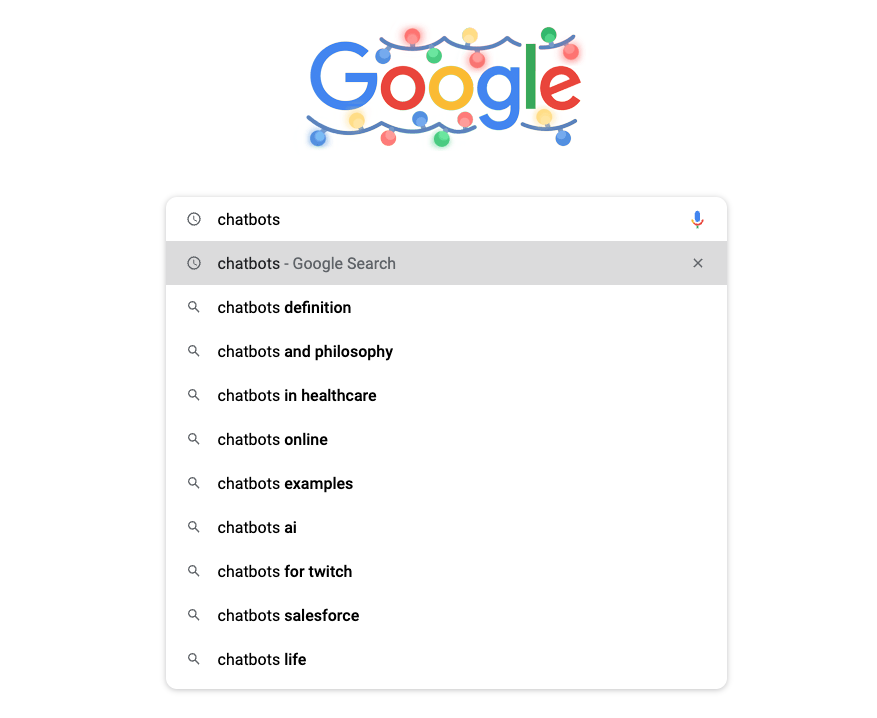

Step 3: Work with a keyword research tool and sort keywords based on their search volume and difficulty.
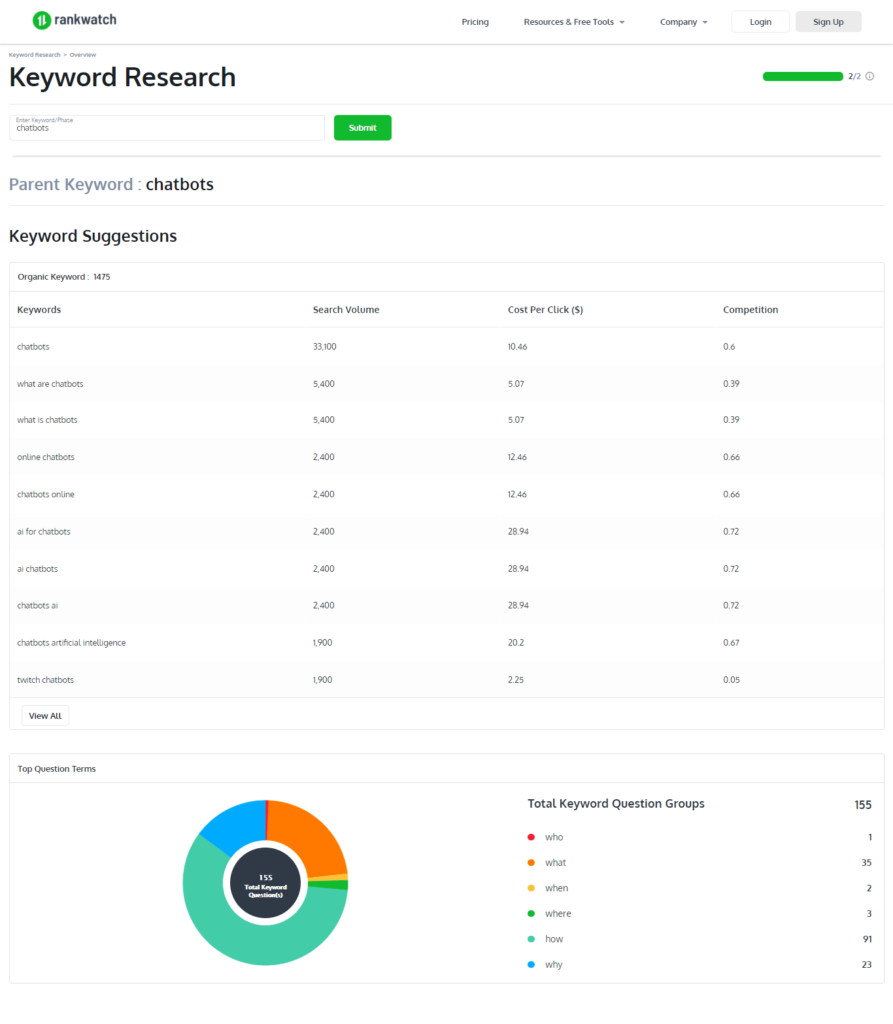
With that, you'll have a list of relevant keywords to add to your content.
If you master incorporating keywords in content, you will get more traffic and engagement easily.
But, if you wish to get even better results, you need to keep in mind the search intent when writing.
2. Satisfy the search intent
Search intent is the reason behind an online search. It defines why the user is performing a search; what is the objective.
With the help of search intent, the search engine (for example Google) understands what the user wants to see in the results.
You will come across 4 types of search intent:
- Informational: How to start a microwave?
- Navigational: Amazon prime login page.
- Commercial: Best Christmas Movies on Netflix.
- Transactional: Cheap flights to Michigan.
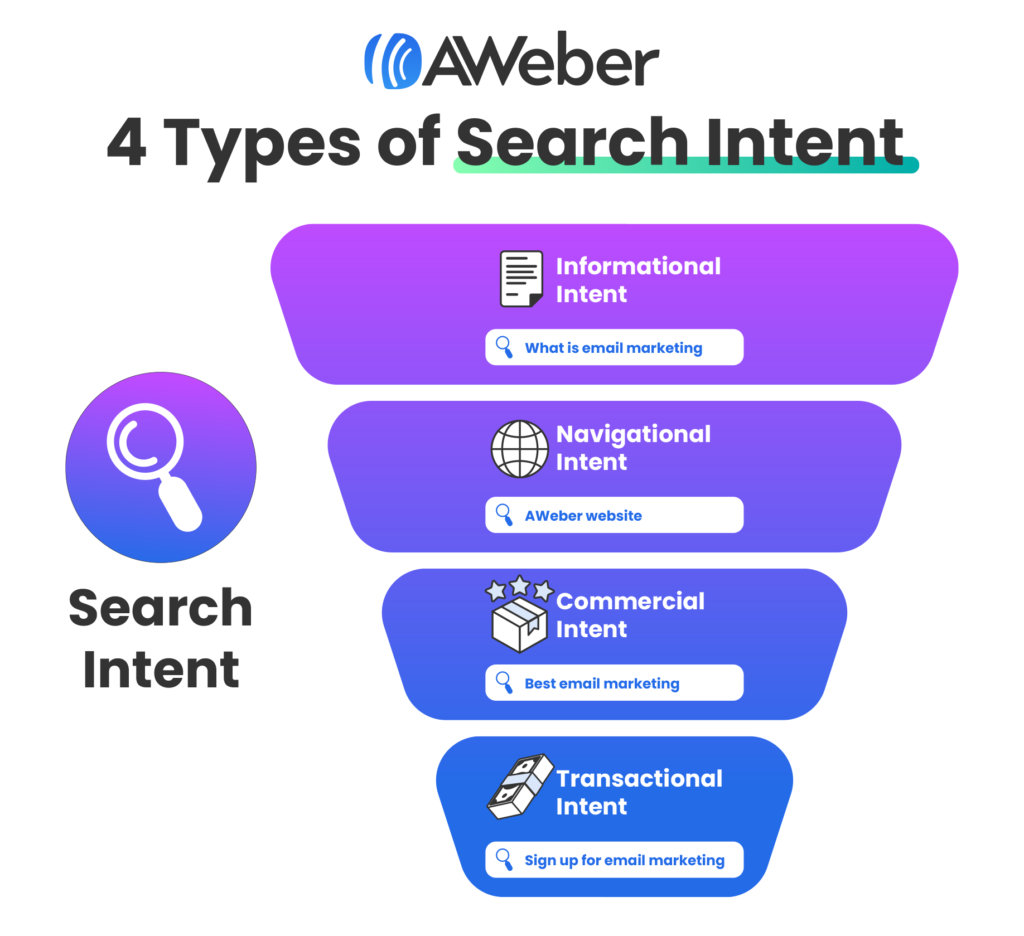
But why is it important at all?
Understanding the search intent allows you to know the content your audience wishes to see on their Search Engine Results Page (SERPs).
If they are looking for chocolate pudding recipes, they want to see a step-by-step cooking recipe in their search results, not a restaurant ordering page.
So, if you are targeting this keyword, you need to create a step-by-step process content to rank for it.
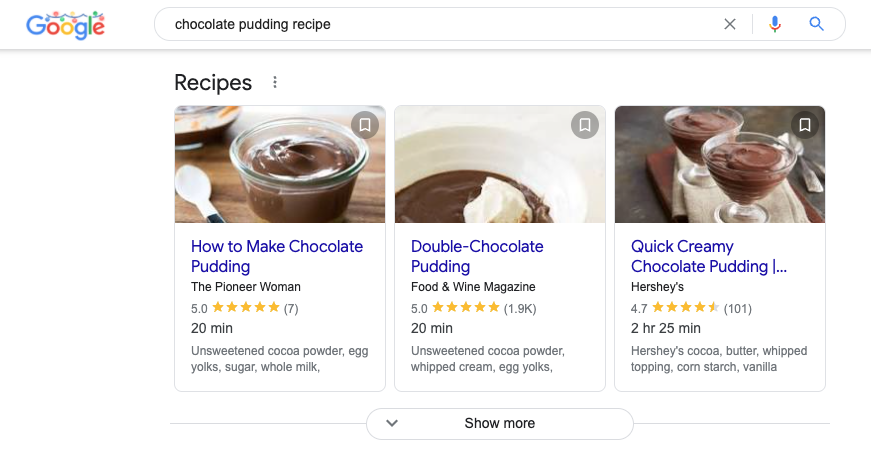
Here's what you need to do to satisfy the search intent:
- Understand the user's intent before optimizing content
- Look for top-ranking pages for reference, examine their tone, approach and formatting
- Align your on-page elements such as blog's URL, headings, etc. with the search intent
- Create content that users wish to see in the SERPs
- Provide high-quality, well-researched information and data
Implementing all these tips while writing a blog will easily satisfy the search intent and help search engines rank your content better.
And when it ranks for relevant search intent, it can attract more traffic and engagement for your blog.
Furthermore, using internal linking and incorporating it into your content strategy can also be helpful to increase blog traffic.
3. Add sufficient internal links
Internal linking is the practice of linking relevant content to a blog post on the same domain.
Meaning if you have a blog post that talks about growing your email list and you reference “email marketing best practices” in that post, you can link to a previous post on best practices (see what I did there).
You guide your visitors and search engines to your most important resources with internal links.
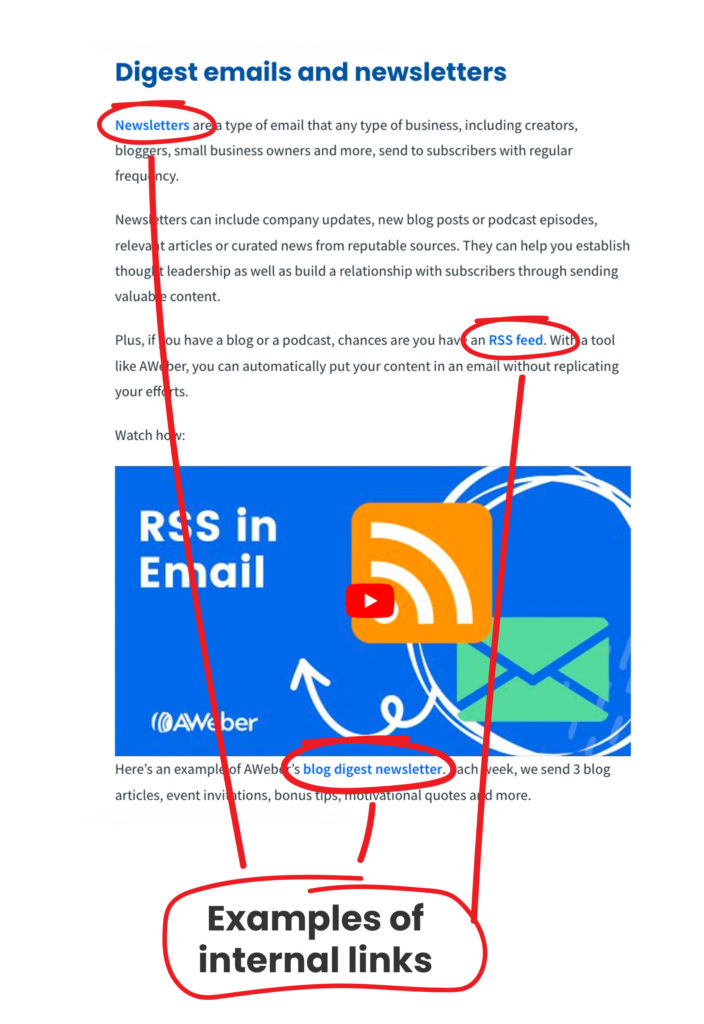
Some other reasons why you should practice internal linking in your blogs are:
- Helping the search bots crawl and index your blogs
- Increasing user retention and reducing the bounce rate
- Improving PageRank and page views
- Indicating which keywords you want to rank for
If you are wondering how to go about it, here are some tips to help you get started with internal linking:
- Add an optimum number of links in a single blog (5-10 is good)
- Use optimized anchor texts (ideally should be relevant and short)
- Include relevant links only (other blogs must relate to the blog’s topic)
- Incorporate new internal links into older blog posts
That looks easier, right?
You can now add hundreds and thousands of links to your content.
But overdoing it will only confuse the crawler about your content and hurt your user experience.
The standard practice is to limit the number of links for a given blog post to 150.
If you keep the number of links less, it will not look spammy and benefit you to the maximum.
With that said, you can further boost your blog by improving its user experience.
4. Improve user experience
Search engines like Google, Bing, Yahoo use data to learn how people interact with websites.
They notice how much time users spend on your blog posts and what other pages they visit on your site.
And based on these metrics, they rank your blog posts in the search results.
So, improving your blog's user experience becomes essential.
Here are a few tips to ensure that users have a good experience when they visit your blogs:
- Ensure your blog is mobile-friendly
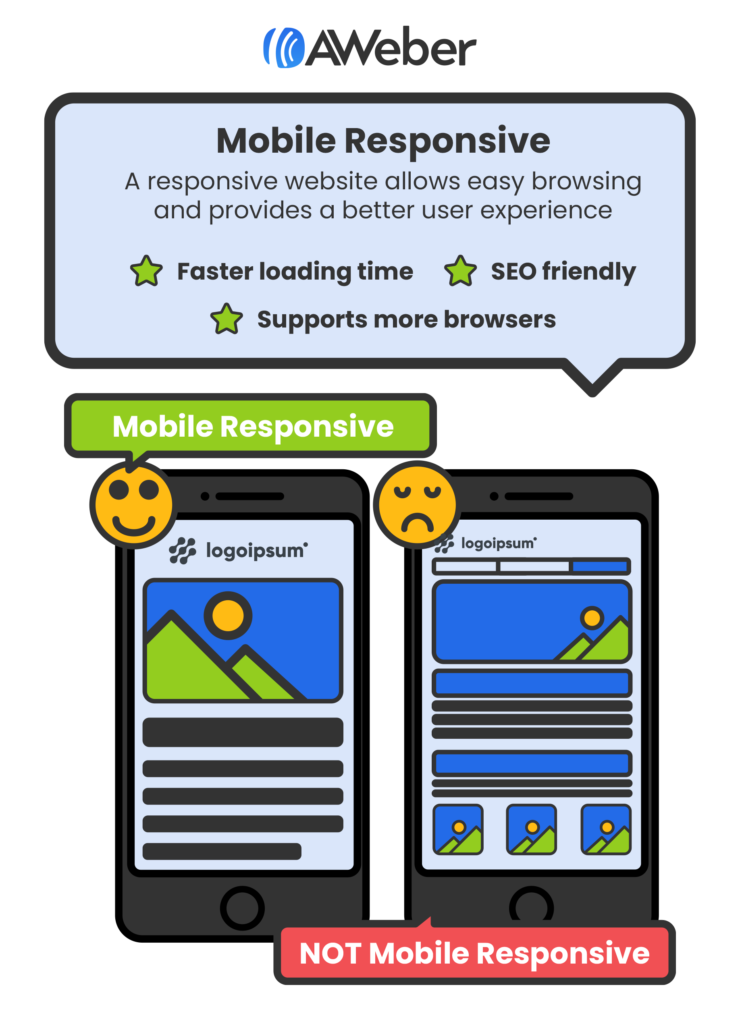
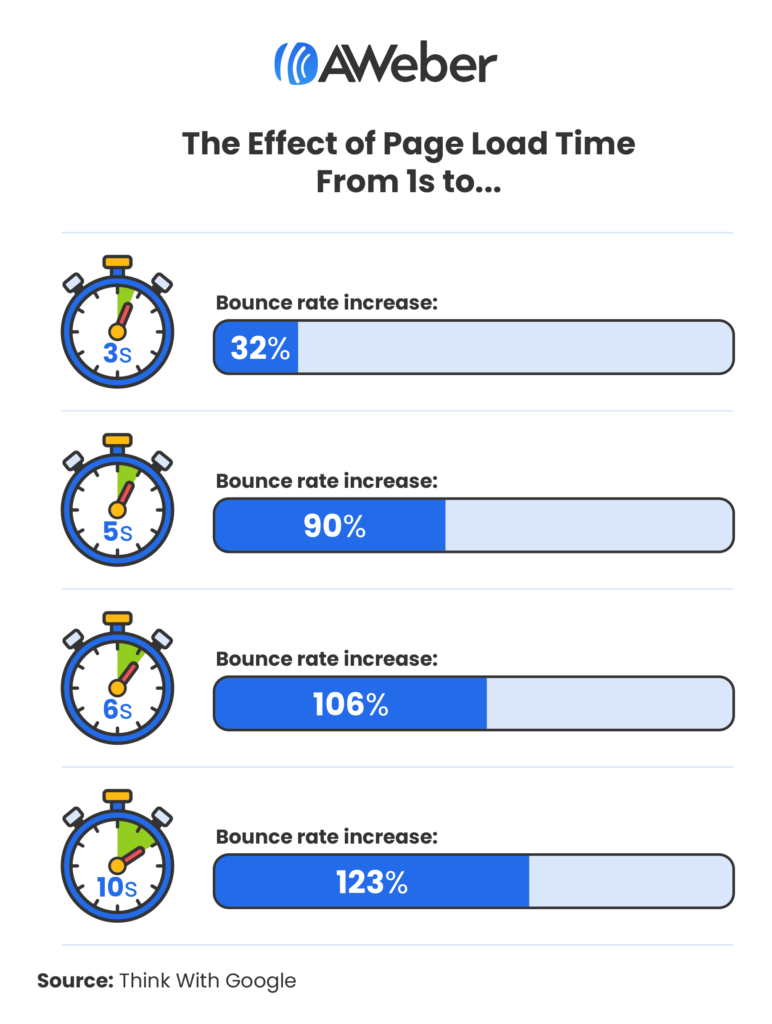
- Provide easily accessible navigation options
- Use subheadings (H1, H2, H3) in your blogs
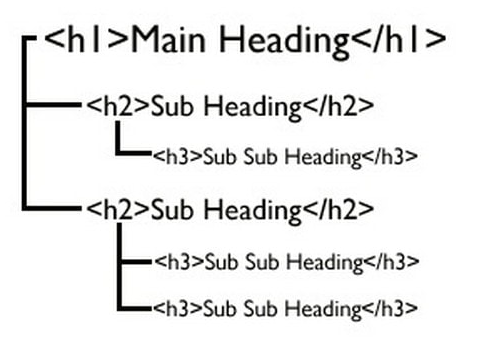
- Add images/graphics that are relevant to your blog’s content
These points will help you optimize your blog's user experience and generate more engagement.
Besides all this, do you know what else you should be rooting for? Original Content!
5. Create quality content, consistently
Creating quality content refers to writing blog posts that give value to readers.
Every blog post should be unique. It must not contain the same repetitive information or beat around the bush.
Plus, it should be relevant to the topic, including all the recent data in it.
But, it may sound easier than done.
To reach the final copy, you might have to spend a lot of time proofreading and even re-writing certain portions several times.
Until it makes sense for your reader, you have to improve your blog post's quality.
So, here are some tips to help you:
- Understand your target audience
- Create an outline
- Tailor strong headlines
- Write a concise and relatable introduction
- Use bullets and pointers
- Explain with examples
- Provide tips and solutions
- Incorporate your conversational tone
- Use easy and simple language
- Give information in every sentence
- Include statistics, expert's opinion, metrics, etc.
After writing, check it for grammar and spelling errors and readability. If any issues exist, fix them.
With that, you'll be able to create quality content and drive more traffic and engagement to your blog.
Start getting results now!
Almost all websites have a blog, which helps them get a lot of eyeballs.
But not all blogs deliver the desired results or perform in the same manner. That's because of the strategies used.
If you want to increase your blog traffic and engagement, incorporate SEO in your overall content strategy.
Plus, be patient with your efforts. It will take some time, but results will follow.
Which of the ways mentioned above were you using and not using? What helped your blog gain traffic? Let me know in the comments.
The post 5 SEO Best Practices to Increase Blog Traffic and Engagement appeared first on AWeber.
from AWeber https://ift.tt/3yPEa8i
via IFTTT
No comments:
Post a Comment